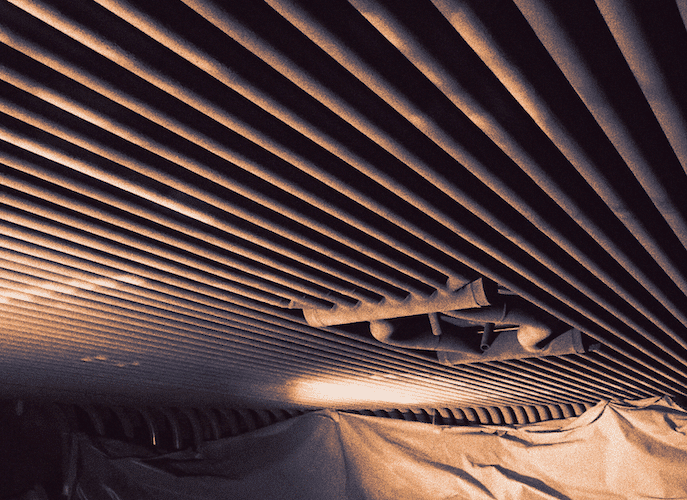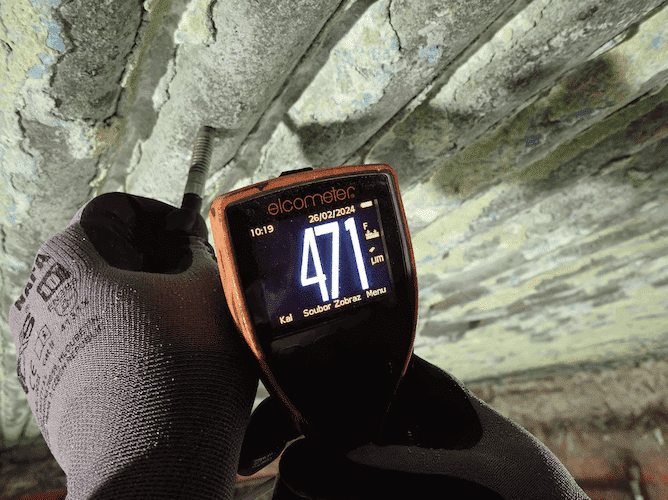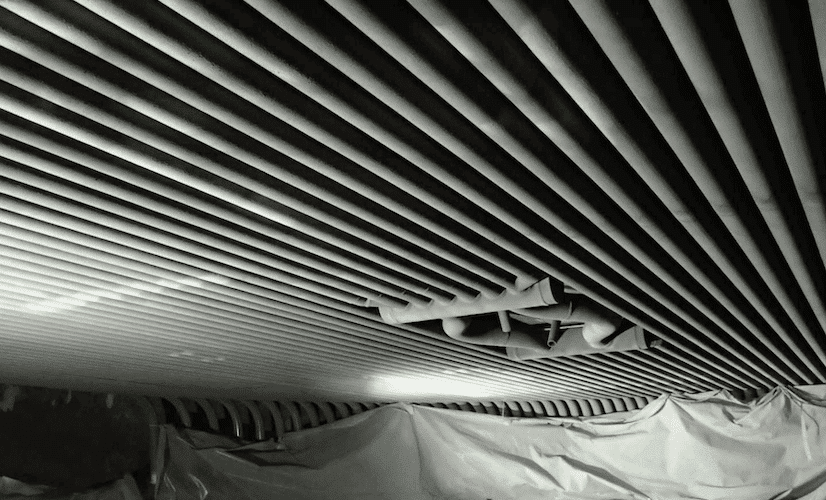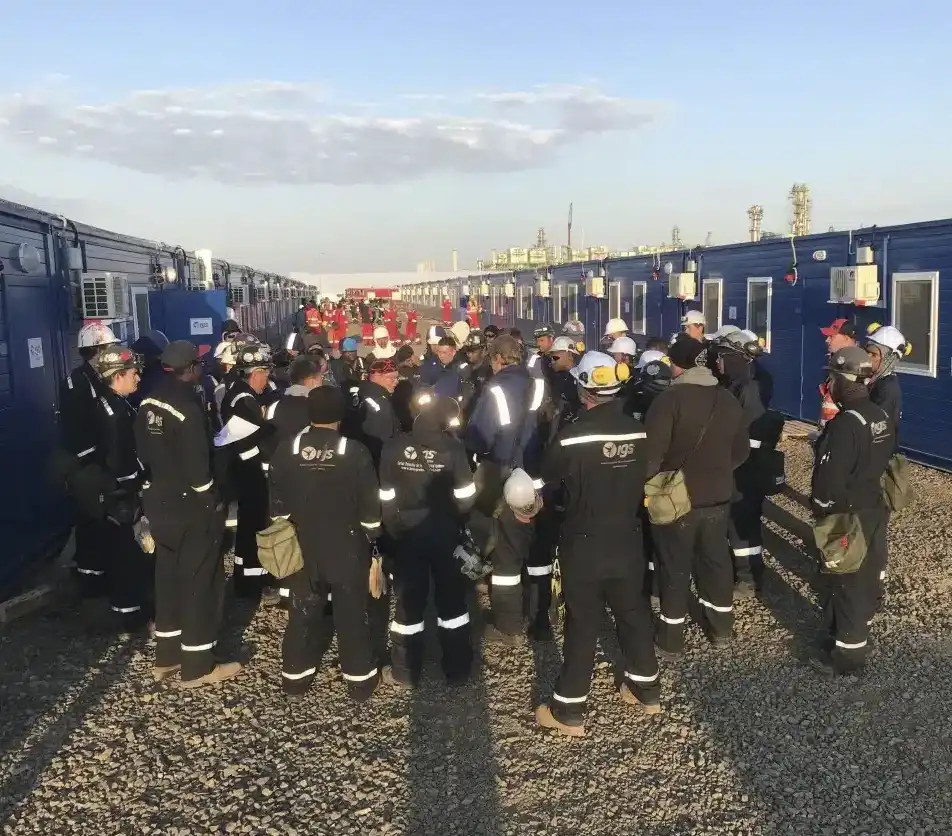8 Years of IGS HVTS Protection at World's Largest Integrated Chemical Complex
IGS HVTS® (High Velocity Thermal Spray) protection has been successfully implemented since 2016 at the world’s largest integrated chemical complex to stop severe corrosion and erosion challenges. This case study documents the long-term effectiveness of HVTS® cladding and ceramic coating solutions across multiple critical applications.

The Challenges
The European facility operates as a comprehensive waste incineration plant, managing industrial, household, and medical waste across six incinerators. With an 18-month turnaround cycle, the facility requires exceptional corrosion protection solutions to maintain operations.
The facility faced several operational challenges. A corrosive fuel mix caused under-deposit corrosion on the WtE boiler waterwalls. The incinerator boiler has a rotary kiln design and various products are fuelled into the boiler and other combustion systems, requiring periodic individual unit shutdowns.
A further challenge was premature refractory degradation leading to frequent maintenance. The complex operational environment required robust protection solutions.
Solution Implementation
IGS implemented a comprehensive protection strategy combining HVTS® cladding and ceramic coating technologies:
Initial HVTS® Implementation (May 2016)
The initial HVTS® application covered 12m², applied to the membrane wall roof above the post-combustion chamber at a nominal thickness of 500 μm. The cladding was applied to stop erosion and corrosion caused by the corrosive fuel mix inside the boiler.
The first inspection of the applied cladding took place in September 2017 and found 100% of the cladded area to be in excellent condition without any cracks or peeling. The cladding thickness was checked and was not below the minimum value (12 mils; 0.3 mm) at all examined locations (5).


After the success of this first project, a further five HVTS® applications were completed across several different units at the facility between 2017-2023, with similar inspection results observed.
Ceramic Coating Application to extend Refractory Life (November 2019)
In a pilot project, IGS applied ceramic coating to 20m² of refractory lining in the rotary kiln part of the WtE boiler to extend its original lifetime. The ceramic coating technology serves a dual purpose: sealing surface porosity while strengthening the underlying material. While the refractory’s longevity varies based on the specific corrosive agents present in the post-combustion chamber, the coating provides essential protection.
The surface to be coated consisted of several varieties of high alumina bricks (TE200Z, TE200G, and TE600C) along with KR85C filling material. Prior to the coating application, IGS conducted thorough surface inspection and preparation, including careful removal of all loose residues from the brickwork.
Operating conditions in the post-combustion chamber range from 950°C to 1100°C, with the system processing both fluid and paste-like waste materials. Under these conditions, the surfaces face primarily chemical rather than mechanical stress, making the ceramic coating an ideal protection solution.
The refractory lifetime doubled from 18 to 36 months after inspections revealed the coating to be in excellent condition. A further two applications were carried out in May 2022 and January 2023, covering a total area of 120m2.
As of 2025, the facility has extended outage cycles from 18 to 21 months, validating the effectiveness of the HVTS and ceramic coating applications.
Commenting on the operational effectiveness of IGS, the asset maintenance manager said: “It has been a very, very long time since our EHS department has positively mentioned a supplier in the past few years”

Key Results:
- Refractory lifetime doubled from 18 to 36 months
- Extended outage cycles from 18 to 21 months
- 8 years of successful implementation since 2016
- Positive EHS department recognition
On-site Thermal Spray Cladding Services from IGS:
Free consultation with an IGS Subject Matter Expert
IGS is here to provide information, answer questions and create an effective solution for your needs.

